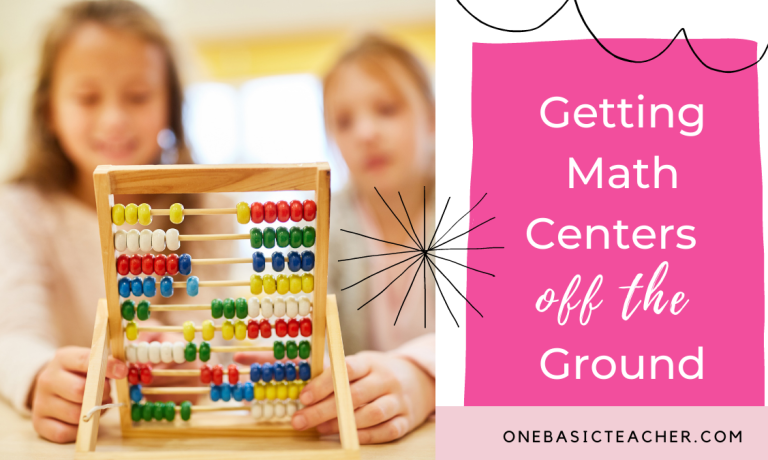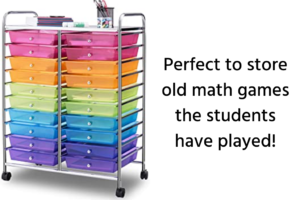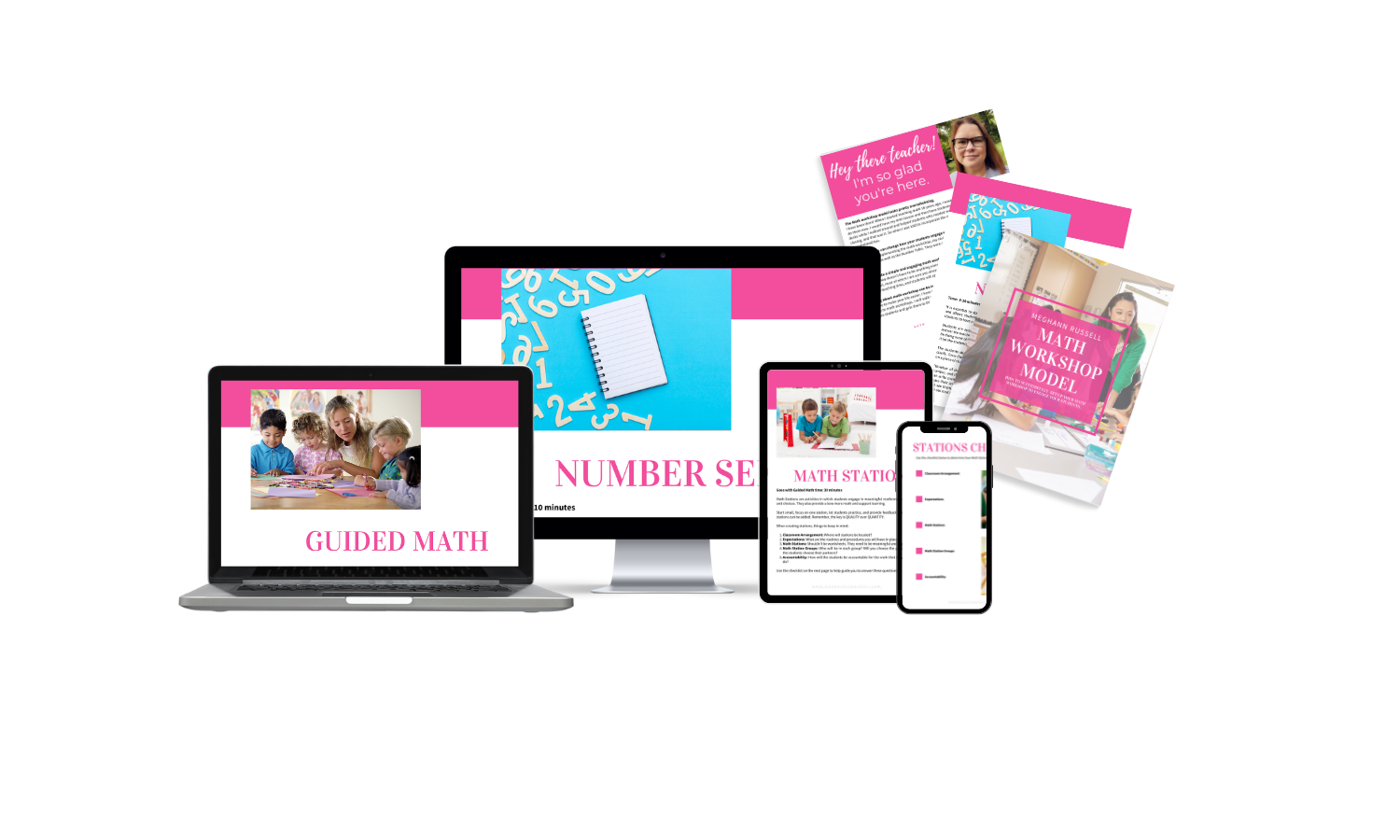As I stated in my previous blog post, math centers are my favorite part of math. They are so engaging and students love them. They are a great way for students to interact with each other and share their thinking with one another. In the last blog post, I talked about the math centers that I use in my classroom. In this post, I will focus on how to get them off the ground!
Assigning Math Centers
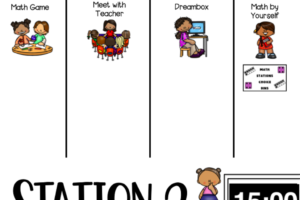
As I said in my last blog post, I have 4 centers.
I also have a timer on the slide as well. This way the students know how much time they have left and I also make sure I stay on track with my time. Since they only go to 2 centers a day I make sure that I vary the assignments. For example, they will have a game/technology station for one session and guided math/ interactive notebook for the other. This was they have a fun way to practice their skills and an assessment piece each day for me as well. I have a simple assignment board, where I just move groups over to the right one slot each time I start a new station. It causes less confusion for my students and it’s easy to manage.
How to Transition to Math Centers

Before I start my center timer, I go over the assignments and what they need to do. Then I remind students where they go, by going over the assignment board again. I have them give me a thumbs up if they see their name that way I have a quick visual confirmation of who knows where they are going. Once I have that confirmation, I then start releasing students from the carpet by the group. I usually start with the computer group, because they have to log on. Then I release the interactive notebook and game group, and then finally the group that is working with me. I have found that this is an orderly way to get my kids to where they need to be, and doesn’t become a free-for-all when trying to get to their center.
Routines and Procedures for Math Centers
There are so many routines and procedures that need to be taught as you start your math stations. Below are procedures you need to think about as you start your math centers.
Materials
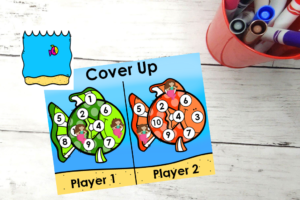
You will have materials that your students will use in the classroom, whether it be manipulatives, game pieces, glue, scissors, you name it. You need to know how you want your students to get what they need and use the materials correctly. These need to be modeled and practiced before you start your centers.
Working with Partners
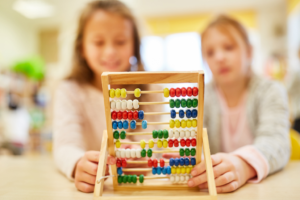
Working with a partner can be fun, but it can also bring up some conflict as well. You need to troubleshoot things that might come up. For example, who goes first? I usually have my students do rock, paper, scissors to see who goes first. Sometimes, I say the person with the longer hair, or the youngest, etc. Just choose what works best for you! You also need to explain the rules of the games they are playing and what happens if they lose a turn. This will help you a lot when games are being played.
Noise Levels
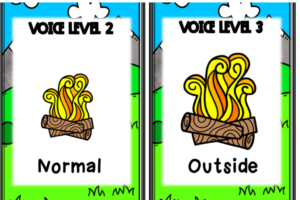
Some teachers like their room silent during math centers, others are fine with a “quiet hum” in the room. You need to think about what works best for you. Personally, I am not a fan of dead silence in my classroom. I like my classroom with a “quiet hum” in my room. However, with first graders, that can be hard to maintain. So I have a visual for my students that help with the noise level. I find it helps better than using numbers, which I know work for some teachers. My students need visual support. We even practice our voice levels many times before we go to our stations so they know what to expect.
How to Handle Problems Without the Teacher

If students have a question or don’t know what to do, you need to have a procedure for this. In my classroom, I am in a guided math group and I can’t stop answering every question for the students. So, I have an “Ask 3 Before Me” policy. Students have to ask 3 students what they are supposed to do before they come and ask me. This works like a charm. Students get their answers and move on to the task at hand. If I notice a student does this while I’m with my guided math group, I call them over once the center is done and I tell them I noticed them using a strategy to figure out what to do. I tell them that they used a first-grade strategy and how awesome that is. They are so proud of themselves and it reinforces their problem-solving skills.
What to Do if Finished Early
If students finish early (and yes I know they will) you need to have an idea of what you want your students to do when they are done. My favorite thing to do is having students go to my “Math Centers Review Bin”. This is a cart I have in the classroom where I keep all the games we have played throughout the year. It is great review practice for the kids to keep up their math skills. Kids know exactly what to do because they have already played the game. The more they can practice their math skills the closer they come to mastery of those math skills. The best part of these bins is that you don’t have to prep anything, and I am all about low prep/high impact learning!
Math Centers can be a lot of fun! They are engaging and students love them. They are a great way for students to interact with each other and share their thinking with one another. They do take time to set up, but once they are up and going, the payoff is worth it!


